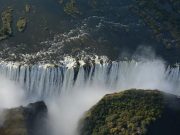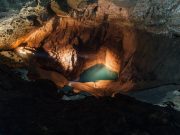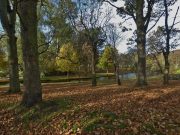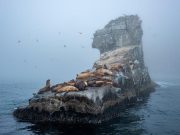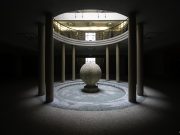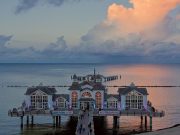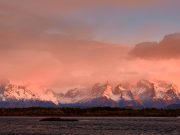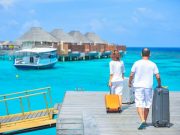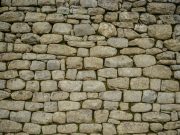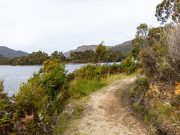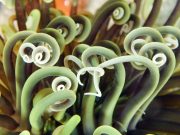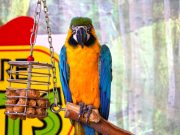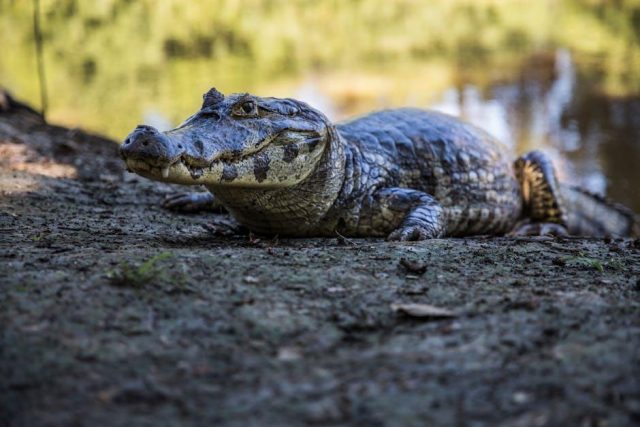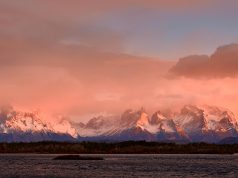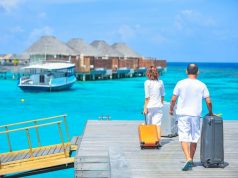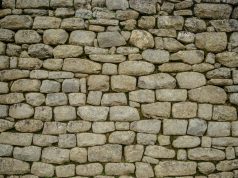In the heart of South America lies a vast, enigmatic wonderland that few have truly explored—the Brazil“>Pantanal. Often overshadowed by its more famous cousin, the Amazon, this sprawling wetland is a treasure trove of biodiversity, hosting an astonishing array of flora and fauna that thrive within its watery embrace. Stretching across Brazil, Bolivia, and Paraguay, the Pantanal is a mosaic of ecosystems, each offering a unique glimpse into the resilience and complexity of nature. As we embark on a journey through this unparalleled paradise, we will uncover the delicate balance that sustains its life, the challenges it faces in a rapidly changing world, and the secrets that make the Pantanal one of the most extraordinary natural habitats on Earth.
Diverse Habitats and Their Inhabitants
In the heart of South America lies a natural wonder, a sprawling wetland teeming with life and brimming with biodiversity. This is the Pantanal, where a myriad of habitats converge to create a unique ecological tapestry. Forests, savannas, swamps, and lakes form a complex mosaic that supports an astonishing variety of species. Each habitat plays a crucial role in maintaining the balance of this vibrant ecosystem. From the dense canopies that shelter howler monkeys to the open marshes where capybaras graze, the Pantanal is a testament to nature’s ingenuity.
Among the inhabitants of this diverse landscape are some of the world’s most iconic wildlife. The Pantanal is home to:
- Jaguars: The apex predators that roam the forests and riverbanks, stealthily hunting for prey.
- Giant Otters: Playful yet formidable, these social creatures thrive in the water-rich environment.
- Hyacinth Macaws: With their striking blue plumage, these birds are a symbol of the Pantanal’s avian diversity.
- Yacaré Caimans: These reptiles are a common sight, basking on riverbanks or gliding through the waters.
In this living gallery of natural wonders, each species contributes to the intricate web of life, making the Pantanal not just a region of great beauty, but a vital reservoir of biodiversity.
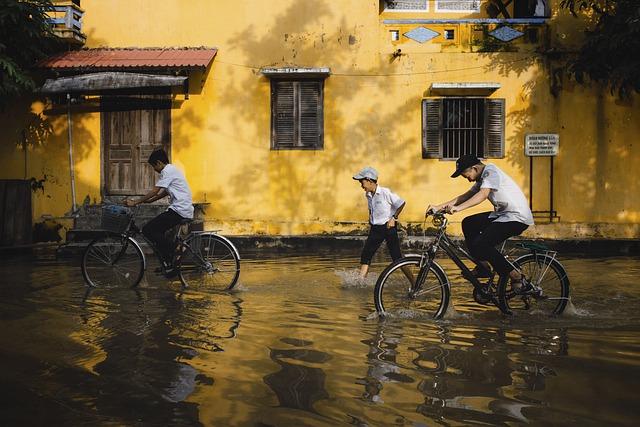
Unraveling the Secrets of Seasonal Flooding
The Pantanal, the world’s largest tropical wetland, offers a mesmerizing dance of water and wildlife that transforms with each season. The annual flooding, often seen as a natural phenomenon of destruction elsewhere, is a lifeline for this vibrant ecosystem. The deluge, which spans from November to March, brings an abundance of nutrients, fostering an explosion of life that supports a diverse range of flora and fauna. This cyclical flooding creates a unique landscape where water lilies bloom, capybaras roam, and jaguars stealthily hunt, all coexisting in a delicate balance.
During the wet season, the Pantanal becomes a vast, interconnected mosaic of lakes, rivers, and marshes. This transformation nurtures a host of specialized species that have adapted to the ebb and flow of the waters. Consider the following marvels:
- Birdlife Bonanza: Thousands of migratory birds, including the striking Jabiru stork, converge on the Pantanal, taking advantage of the abundant food supply.
- Fish Breeding Grounds: The floodwaters serve as crucial spawning grounds for fish, ensuring the sustenance of local wildlife and communities.
- Vegetation Resurgence: Aquatic plants flourish, creating lush habitats and contributing to the Pantanal’s reputation as a biodiversity hotspot.
This dynamic interplay of water and land is not merely a spectacle; it is a testament to the resilience and adaptability of life. The Pantanal’s seasonal flooding underscores the importance of preserving these natural rhythms, ensuring that this ecological jewel continues to thrive for generations to come.
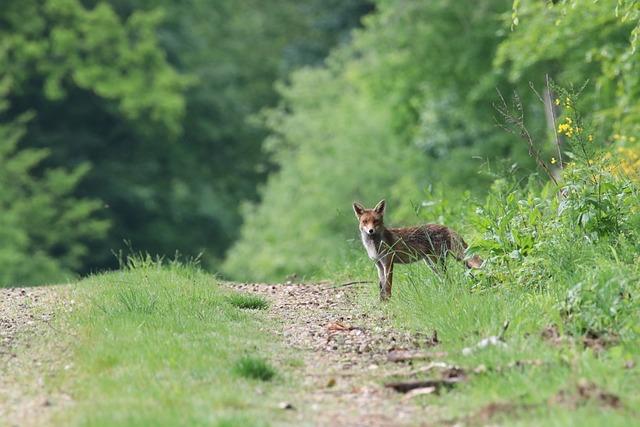
Conservation Efforts and Challenges
The Pantanal, a vast tropical wetland straddling Brazil, Bolivia, and Paraguay, is a biodiversity hotspot, home to a myriad of species. Yet, safeguarding its unique ecosystems poses significant challenges. Conservation efforts are hindered by factors such as deforestation, agriculture expansion, and climate change. These elements disrupt the delicate balance of this ecosystem, threatening the survival of its flora and fauna. Local communities, NGOs, and governments are working tirelessly to implement sustainable practices and policies, but the sheer scale of the Pantanal makes it a daunting task.
Efforts to preserve the Pantanal include:
- Restoration Projects: Initiatives aimed at rehabilitating degraded areas.
- Community Engagement: Involving local populations in conservation strategies to ensure sustainable livelihoods.
- Wildlife Monitoring: Tracking animal populations to better understand the impact of environmental changes.
- Education and Awareness: Programs designed to increase awareness of the Pantanal’s ecological significance.
Despite these endeavors, the challenges are formidable. The ongoing battle between development and conservation requires innovative solutions and a commitment from all stakeholders to ensure the survival of the Pantanal’s irreplaceable ecosystems.
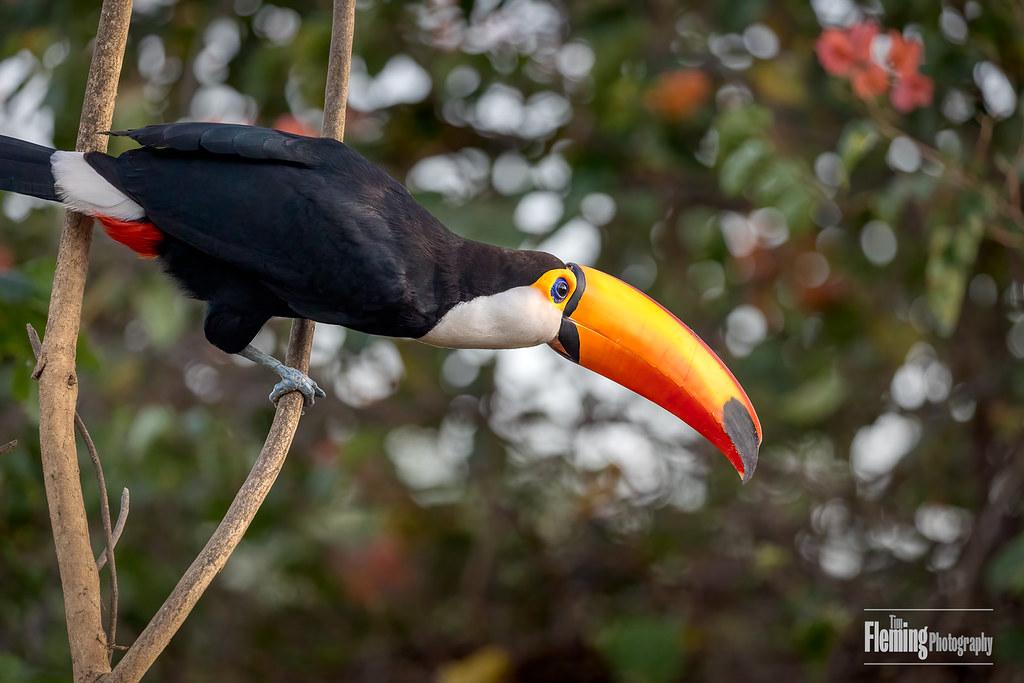
Tips for Responsible Eco-Tourism
When exploring the mesmerizing landscapes of the Pantanal, it’s crucial to embrace practices that protect this fragile ecosystem. Here are some key tips to ensure your journey leaves a positive impact:
- Respect Wildlife: Maintain a safe distance from animals to avoid disturbing their natural behavior. Always follow the guidance of local experts or guides.
- Stay on Designated Paths: Stick to marked trails to prevent trampling on sensitive vegetation and disrupting wildlife habitats.
- Minimize Waste: Bring reusable containers and bags to reduce plastic waste. Ensure you pack out all trash and dispose of it properly.
- Support Local Communities: Choose eco-friendly accommodations and tour operators that contribute to the conservation efforts and welfare of local communities.
- Be Mindful of Water Usage: The Pantanal is a wetland, but fresh water is a precious resource. Use it sparingly and avoid polluting water bodies.
By following these practices, you help preserve the Pantanal’s biodiversity and ensure its wonders remain for future generations to enjoy.
Future Outlook
As the sun sets over the sprawling wetlands of the Pantanal, casting a golden hue over its waters and wildlife, we are reminded of the delicate balance that sustains this unique ecosystem. The Pantanal, with its unparalleled biodiversity and intricate web of life, stands as a testament to nature’s resilience and creativity. Yet, it also calls for our vigilance and respect. As explorers and stewards of this remarkable habitat, we are entrusted with the responsibility to protect and cherish its wonders for generations to come. Whether you’re a curious traveler or a dedicated conservationist, the Pantanal invites you to not only witness its beauty but also to contribute to its enduring legacy. Let us walk away from its serene landscapes inspired and committed, knowing that every small action can ripple across its vast waters, fostering a future where the Pantanal continues to thrive.



